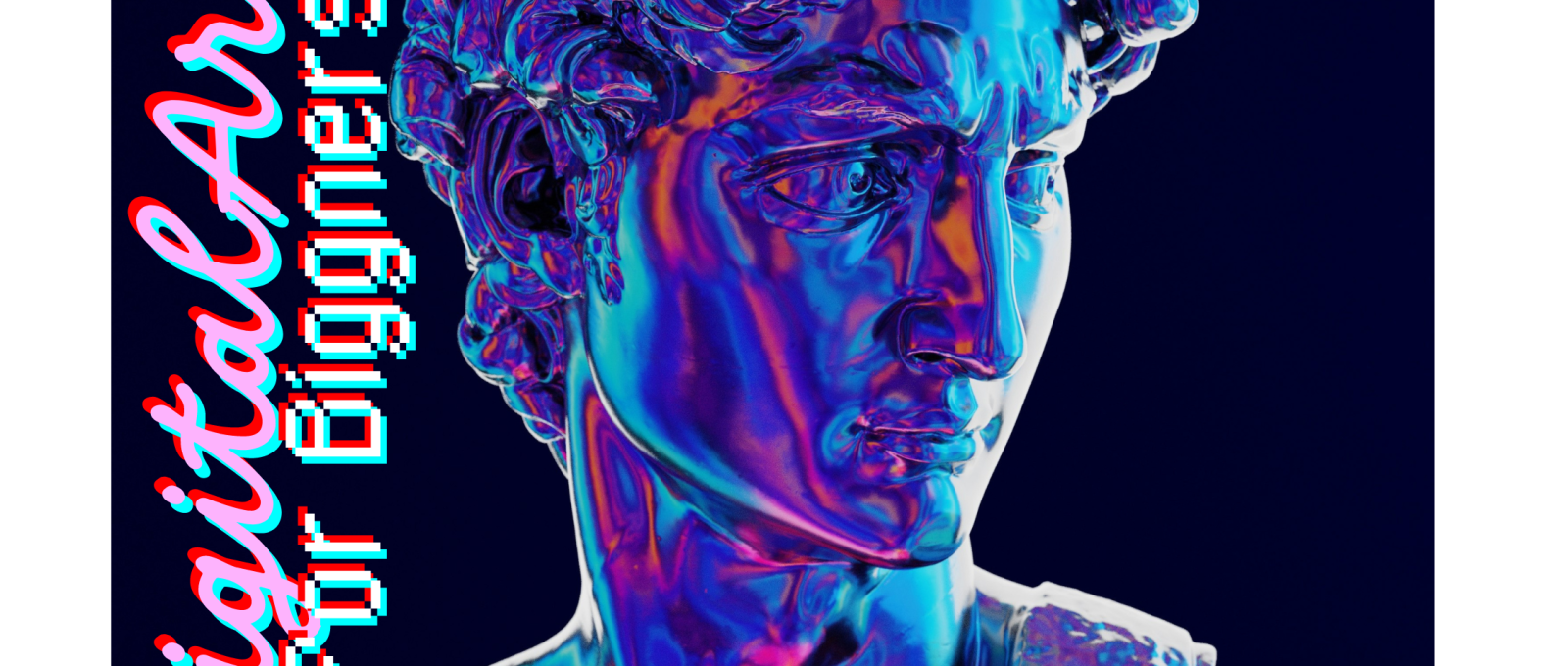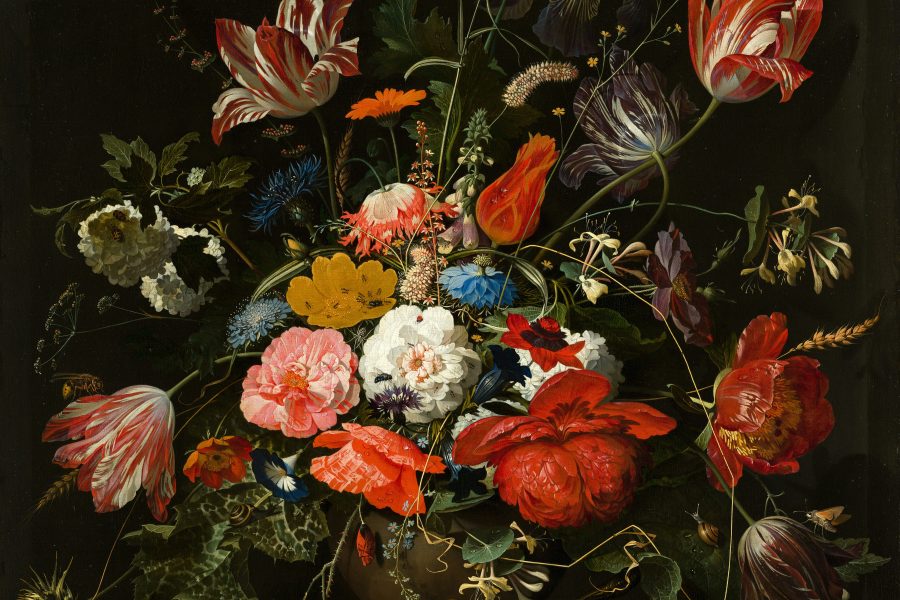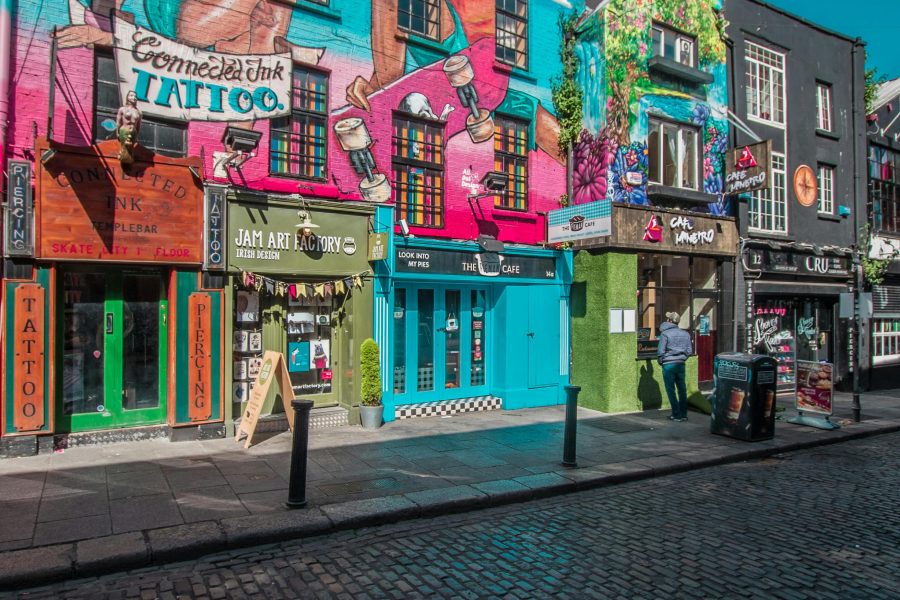Introduction
Welcome to the vibrant world of digital art! Whether you’re transitioning from traditional canvas or taking your first artistic steps, digital platforms offer an exciting way to explore your creativity. This guide will help you navigate through the basics of digital drawing, from choosing the right tools to mastering essential techniques. Digital art can seem daunting at first, but with a few tips and some practice, you’ll be creating stunning pieces in no personal time. So grab your stylus, power up your device, and get ready to unleash your inner artist with this beginner-friendly introduction to digital art.
Understanding Digital Art
What is Digital Art?
Digital art refers to artistic works created using digital technology as part of the creative or presentation process. Unlike traditional art forms such as painting and drawing, digital art involves using software and devices to create and manipulate images and designs. This modern form of art can range from digital paintings and illustrations to complex animations and 3D models. Its flexibility and the vast array of tools available allow artists to experiment and produce diverse styles and artworks, making it a popular choice among contemporary creators.
Benefits of Digital Art
The transition to digital art comes with numerous advantages that make it appealing both to beginners and seasoned artists. Firstly, it offers vast editing capabilities; mistakes can be easily corrected, and changes can be made without ruining the original piece, which lowers the barrier for experimentation. Secondly, digital art eliminates the need for physical materials, which can be costly and space-consuming. This not only makes it more accessible but also environmentally friendly, as it reduces waste. Additionally, digital artworks can be easily shared and published online, increasing the artist’s exposure and opening up more opportunities for feedback and growth.
Essential Tools for Beginners
Hardware Requirements
Getting started in digital art requires a basic set of hardware. At its simplest, you need a computer with sufficient processing power to handle graphic design software. This usually means having a decent graphics card, an up-to-date processor, and enough RAM (at least 8GB, though 16GB is preferable). For those who want to work directly on their art with a more hands-on approach, investing in a high-resolution monitor is beneficial for seeing finer details and ensuring color accuracy. Additionally, adequate storage space (either through hard drives or cloud storage) is necessary to save high-resolution files and manage multiple projects.
Software Options
When it comes to software, there are several options tailored to various styles and skill levels in digital art. Beginners might start with programs like Adobe Photoshop or Illustrator, which offer a wide range of tools and are supported by extensive learning resources. For those interested in animation, software like Adobe Animate or Blender is ideal. Many of these programs offer trial versions or are entirely free, which allows beginners to experiment without initial investment. It is important to choose software that feels intuitive and fits the type of digital art you are interested in pursuing.
Graphics Tablets
A significant tool for any digital artist, especially those focusing on drawing and painting, is a graphics tablet. These devices allow you to draw directly onto a tablet with a stylus, mimicking the experience of using pen and paper, but with all the advantages of digital editing and effects. For beginners, basic models like the Wacom Intuos or Huion Inspiroy offer a good balance between cost and functionality. These tablets come with pressure-sensitive surfaces that vary the line thickness based on how hard you press, providing a realistic drawing experience. As your skills and demands grow, you might consider upgrading to more advanced tablets with larger active areas and higher levels of pressure sensitivity, or even to display tablets that let you draw directly on a touchscreen.
Basic Techniques to Master
Understanding some fundamental techniques can significantly enhance your digital art skills. Let’s dive into a few pivotal methods that every artist should know.
Layers and Blending Modes
Working with layers is akin to having multiple transparent sheets that one can draw on independently of one another. This technique allows for complex compositions while maintaining the ability to edit each element separately. You can add layers, delete them, or adjust their transparency to build up effects gradually without committing to permanent changes early in your process.
Blending modes, on the other hand, are options applied to layers that affect how they interact with each other. These modes can help create various effects like shadows, glows, or even complex color mixtures. Experiment with different modes to see how they change the interaction between layers. Common modes include Multiply for shadows, Screen for light effects, and Overlay for enhancing texture details.
Brush Techniques
Brushes are the core tools in digital painting, each with its settings for size, opacity, and hardness. Learning to manipulate these can help you achieve everything from sharp, clean lines to soft, blended transitions. Here are a few essential brush techniques to start with:
– Pressure Sensitivity: If you have a graphic tablet, utilize its pressure sensitivity to vary the width and opacity of your strokes, which can add a dynamic quality to your artwork.
– Custom Brushes: Don’t stick exclusively to the default brushes. Explore creating your own or downloading unique brushes that can better replicate textures and effects like watercolor splashes, chalk, or fabric.
Selection Tools
Selection tools allow you to edit and manipulate specific parts of your artwork without affecting others. Understanding how to use these tools can significantly speed up your workflow and increase precision. Tools like the Lasso for freehand selections, the Magic Wand for color-based selections, and the Marquee for geometric shapes are integral to mastering digital art. Practice using these tools to isolate, move, transform, or duplicate selected areas in your artwork.
Practice Tips for Beginners
As with any new skill, practice is crucial. Here are some pointers to help you get the most out of your practice sessions.
Daily Sketching
Consistency is key when it comes to improving in digital art. Aim to sketch daily—even if it’s just for ten minutes. Keeping a digital sketchbook helps you to not only practice your skills but also to visually document your progress and experiment with new ideas without the pressure of creating a completed artwork.
Following Tutorials
There’s a vast resource of online tutorials specific to digital art. From beginner tips to advanced techniques, these tutorials can provide structured guidance and inspiration. Try following along with tutorials to learn new tools and effects in your chosen software. This can also introduce you to different artistic styles and workflows which can enrich your own approach.
Experimenting with Different Styles
Don’t be afraid to step out of your comfort zone. Experimenting with different artistic styles can boost your creativity and skills. Whether it’s manga, impressionism, or surrealism, each style can teach you different elements of visual art such as color usage, composition, and figure drawing. By diversifying your practice, you keep the learning process exciting and expansive.
Building Your Digital Art Portfolio
Creating a digital art portfolio is an essential step toward showcasing your skills and standing out in the digital art community. A well-organized portfolio not only highlights your capabilities but also reflects your unique artistic style and creativity. Here’s how you can start building your digital art portfolio from scratch.
Selecting Your Best Works
Start by curating your best pieces. Quality over quantity is key here. Choose work that showcases your skills across a variety of styles and mediums, if applicable. This approach demonstrates versatility, an appealing trait for potential clients or educational institutions. Consider including:
– Digital paintings
– Vector illustrations
– Character designs
– Concept art
Make sure that each piece included aligns with the type of work you want to pursue. For example, if you’re interested in character design for video games, highlight those pieces more prominently.
Creating a Cohesive Layout
Your portfolio’s layout is crucial. It should be easy to navigate and professionally designed, letting your artwork take center stage. Use a simple color scheme and consistent fonts to keep the viewer’s attention on your work.
Platforms like Behance or Adobe Portfolio offer user-friendly interfaces that are specifically designed for artists to display their work. These sites provide templates and customization options that help maintain a clean and engaging layout.
Writing Descriptive Captions
Each piece in your portfolio should include a concise caption. These captions are vital as they provide context to the viewer. Include:
– The title of the piece
– The software and tools used
– A brief description of the project or concept
– Your roles and responsibilities if it was a collaborative project
This information helps viewers understand the scope of your skills and the thought process behind each piece, enhancing their overall impression of your work.
By following these steps, you’ll be able to build a digital art portfolio that not only captures your artistic capabilities but also showcases your professionalism and attention to detail. Remember, your portfolio is a dynamic tool; continually update it as you improve your skills and complete new works.
Conclusion
Embarking on your digital art journey can be an exhilarating and creatively fulfilling experience. By equipping yourself with the right tools, mastering the basic techniques, and continually practicing, you are setting the stage for significant artistic growth. Remember, every expert was once a beginner, so embrace the learning process with patience and perseverance. The more you explore and experiment with digital art, the more your skills and confidence will flourish. Keep creating, stay inspired, and let your digital canvas reflect your artistic vision.






Leave a Comment